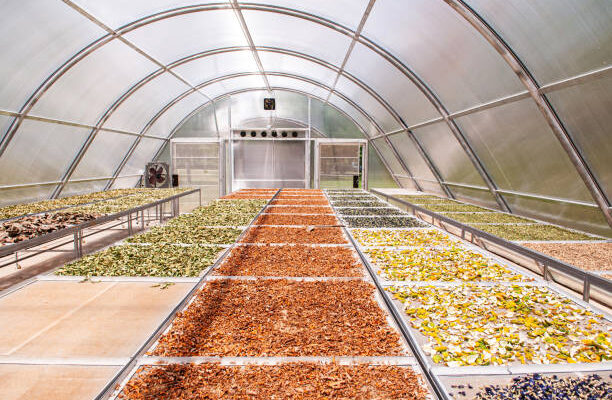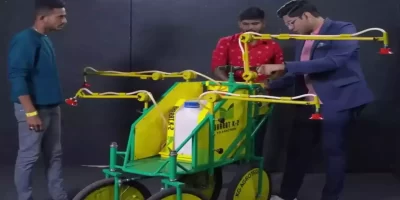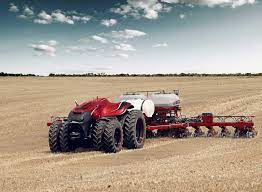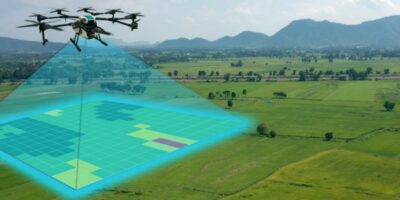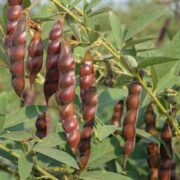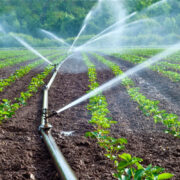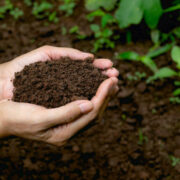Solar Drying: Drying food is an age-old technique that helps preserve agricultural products. This process involves removing moisture from produce to prevent spoilage. Shockingly, more than 20-30% of grains and 30-50% of vegetables, fruits, and fish are lost after harvesting due to inadequate post-harvest practices. To combat these losses, drying is crucial for grains and other agricultural goods. Solar energy, abundant and locally accessible, is an ideal solution for crop drying.
The Two Types of Solar Dryers:
1. Direct Type Dryers
a. Natural Convection: Place crops in a blackened enclosure with a clear cover. The produce absorbs solar radiation, heats up, and moisture evaporates naturally. These low-cost dryers are suitable for developing countries.
b. Solar Cabinet Dryer:
This wooden box with a transparent roof and black-coated inner walls speeds up drying by up to a third compared to sun drying.
2. Indirect Type Dryers:
Use a drying chamber, a solar air heater, and sometimes an electric fan. Hot air heated by solar radiation rises to the drying chamber, where produce placed on trays is dried. A chimney expels humid air and rainwater.
Also Read: Game-Changing Graphene Wrapper: Carbon-Loaded Wrappers Prolong Shelf Life Safely
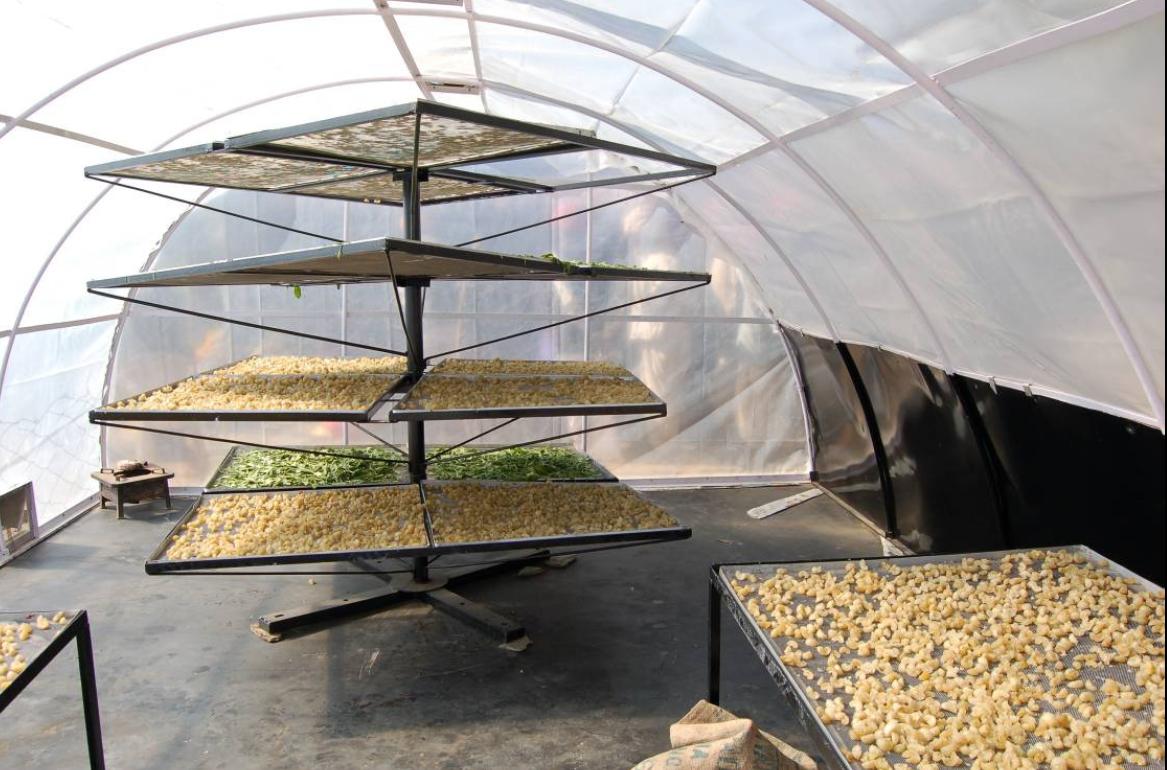
Solar Drying
Forced Circulation Type Dryers:
These efficient dryers employ fans to continuously circulate hot air over the product. They are versatile, suitable for large quantities, and can use supplementary electric, oil, or gas heating when needed.
Benefits of Solar Drying:
1. Early harvesting minimizes field losses.
2. Reduces spoilage during storage.
3. Allows better planning for harvesting.
4. Enhances product quality, leading to better earnings.
5. Easier transportation due to reduced weight.
Solar drying is a viable solution for preserving agricultural produce in developing countries where energy costs are high. Future advancements may incorporate solar panels and wind power into larger drying systems. Despite the intermittent nature of solar and wind energy, progress in energy storage will make renewable energy more practical for drying. Farmers can construct solar dryers using local materials, helping them save their crops and increase their profits.
Also Read: Bridging the Protein Gap: The Rise of Black Soldier Fly Farming for Eco-Friendly Meat Production

